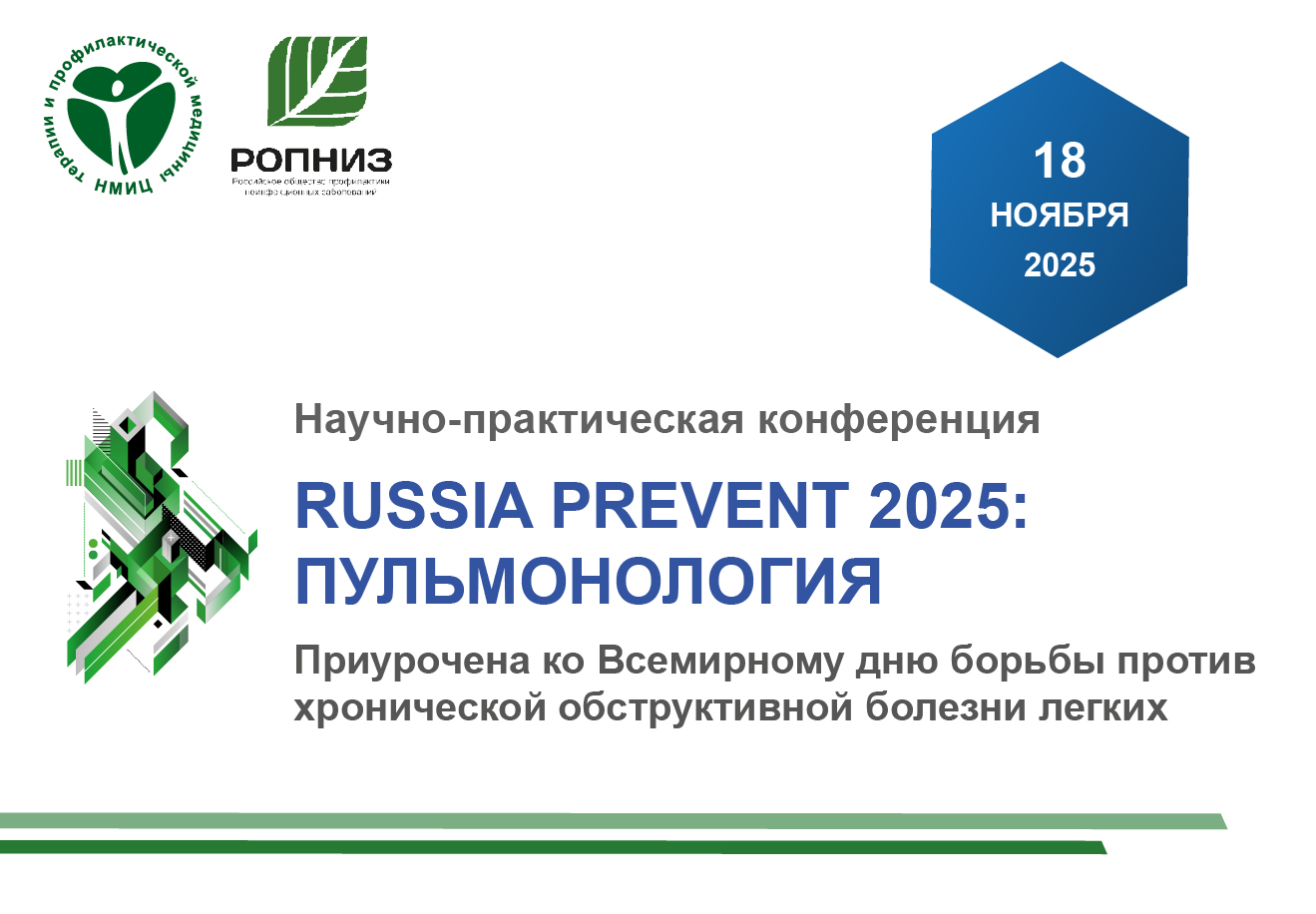The effect of single and dual antiplatelet therapy on the activity of pro-inflammatory cytokines in patients with coronary artery disease and obstructive sleep apnea
https://doi.org/10.15829/1728-8800-2020-2261
Abstract
Aim. To study the activity of pro-inflammatory cytokines in patients with coronary artery disease (CAD) associated with obstructive sleep apnea (OSA), depending on the type of antiplatelet therapy.
Material and methods. The study included 148 patients with stable CAD, 30% (n=44) of whom had mild OSA, 10% (n=14) — moderate and severe OSA. There were 60% (n=90) of patients without OSA. Pro-inflammatory activity of cytokines was assessed by the level of interleukins (IL): IL- 1β, IL-6, IL-10.
Results. Using dual antiplatelet therapy, there were no differences in aggregation activity of platelets (spontaneous and induced by 0,1 pM ADP) in patients with and without OSA. This indicates the synergism and potentiation of the antiplatelet effect of clopidogrel and acetylsalicylic acid (ASA). Patients with moderate and severe OSA and stable CAD had higher levels of IL- 1β and IL-6 compared with patients without OSA. Antiplatelet therapy, especially dual one, had an anti-inflammatory effect, which was reflected in lower values of pro-inflammatory IL both in patients with and without OSA.
Conclusion. Patients with moderate and severe OSA and stable CAD had higher levels of pro-inflammatory IL (IL- 1β, IL-6) compared with patients without OSA. The combined use of clopidogrel and ASA potentiates antiplatelet and anti-inflammatory effects. This is reflected in lower values of pro-inflammatory IL and lower aggregation activity of platelets in patients with stable CAD, regardless of OSA.
About the Authors
V. I. RuzovRussian Federation
L. G. Komarova
Russian Federation
A. S. Komarov
Russian Federation
A. M. Vorobev
Russian Federation
L. N. Savonenkova
Russian Federation
O. V. Midlenko
Russian Federation
References
1. Blum A, Schneider DJ, Sobel BE, et al. Endothelial Dysfunction and Inflammation after Percutaneous Coronary Intervention. Am J Cardiol. 2004;94:1420-3. doi:10.1016/j.amjcard.2004.07.146.
2. Welt F, Tso C, Edelman E, et al. Leukocyte recruitment and expression of chemokines following different forms of vascular injury. Vasc Med. 2003;8;1:1-7 doi:10.1191/1358863x03vm462oa.
3. Caixeta AM, Brito FS Jr, Costa MA. Enhanced inflammatory response to coronary stenting marks the development of clinically relevant restenosis. Catheter Cardiovasc Interv. 2007;69(4):500-7 doi:10.1002/ccd.21007
4. Arzamastsev DD, Karpenko AA, Kostyuchenko GI. Endovascular plastics and vascular inflammation, the relationship and influence on the development of lower limb arterial restenosis. Pathology of blood circulation and heart surgery. 2012; 16(1):51-5. (In Russ.) doi:10.21688/1681-3472-2012-1-51-55.
5. Libby P, Ridker PM, Maseri A. Inflammation and Atherosclerosis. Circulation. 2002;102:1135-43. doi: 10.1161/hc0902.104353.
6. Hauser ТН, Salastekar N, Schaefer EJ, et al. Effect of targeting inflammation with salsalate: the TINSAL-CVD randomized clinical trial on progression of coronary plaque in overweight and obese patients using statins. JAMA Cardiol. 2016;1:1413-23. doi:10.1001/jamacardio.2016.0605.
7. Voronin IM. Obstruction of the upper respiratory tract during sleep as a risk factor for cardiovascular diseases. Clinical medicine. 2001;1:4-8. (In Russ.)
8. Markin AV, Tseymakh IYa, Nagaytsev VM. The impact of CPAP therapy on the indicators of systemic inflammation in patients with obstructive sleep apnea. Bulletin of modern clinical medicine. 2014;1:5-8. (In Russ.) doi: 10.20969/VSKM.2014.7(1) .1-84.
9. Pitchford SC. Novel uses for anti-platelet agents as antiinflammatory drugs. British J Pharmacol. 2007; 152;7:987-1002. doi:10.1038/sj.bjp.0707364.
10. Lee SH, Yang JH, Choi SH, et al. Duration of dual antiplatelet therapy in patients treated with percutaneous coronary intervention for coronary chronic total occlusion. PLoS One. 2017;12(5):e0176737 doi:10.1371/journal.pone.0176737
11. Mancia G, De Backer G, Dominiczak A, et al. 2007 ESH-ESC Practice Guidelines for the Management of Arterial Hypertension: ESH-ESC Task Force on the Management of Arterial Hypertension. J Hypertens. 2007;25(9):1751-62. doi: 10.1097/HJH.0b013e3281fc975a.
12. Guthikonda S, Alviar CL, Vaduganathan M, et al. Role of reticulated platelets and platelet size heterogeneity on platelet activity after dual antiplatelet therapy with aspirin and clopidogrel in patients with stable coronary artery disease. JACC. 2008;52:743-9. doi:10.1016/j.jacc.2008.05.031.
13. Frolova NS, Shakhnovich RM, Kaznacheeva EM, et al. Aspirin resistance in patients with acute coronary syndrome. Part 1. Cardiovascular Therapy and Prevention. 2010;9(6):40-6. (In Russ.)
14. Grinshtejn YuI, Kosinova AA, Grinshtejn IYu. Control of antiplatelet therapy: a crisis of confidence or the search for new solutions? Rational pharmacotherapy in cardiology. 2013;9;6:682-9. (In Russ.) doi: 10.20996/1819-6446-2013-9-6-682-689.
Review
For citations:
Ruzov V.I., Komarova L.G., Komarov A.S., Vorobev A.M., Savonenkova L.N., Midlenko O.V. The effect of single and dual antiplatelet therapy on the activity of pro-inflammatory cytokines in patients with coronary artery disease and obstructive sleep apnea. Cardiovascular Therapy and Prevention. 2020;19(2):2261. (In Russ.) https://doi.org/10.15829/1728-8800-2020-2261

























































